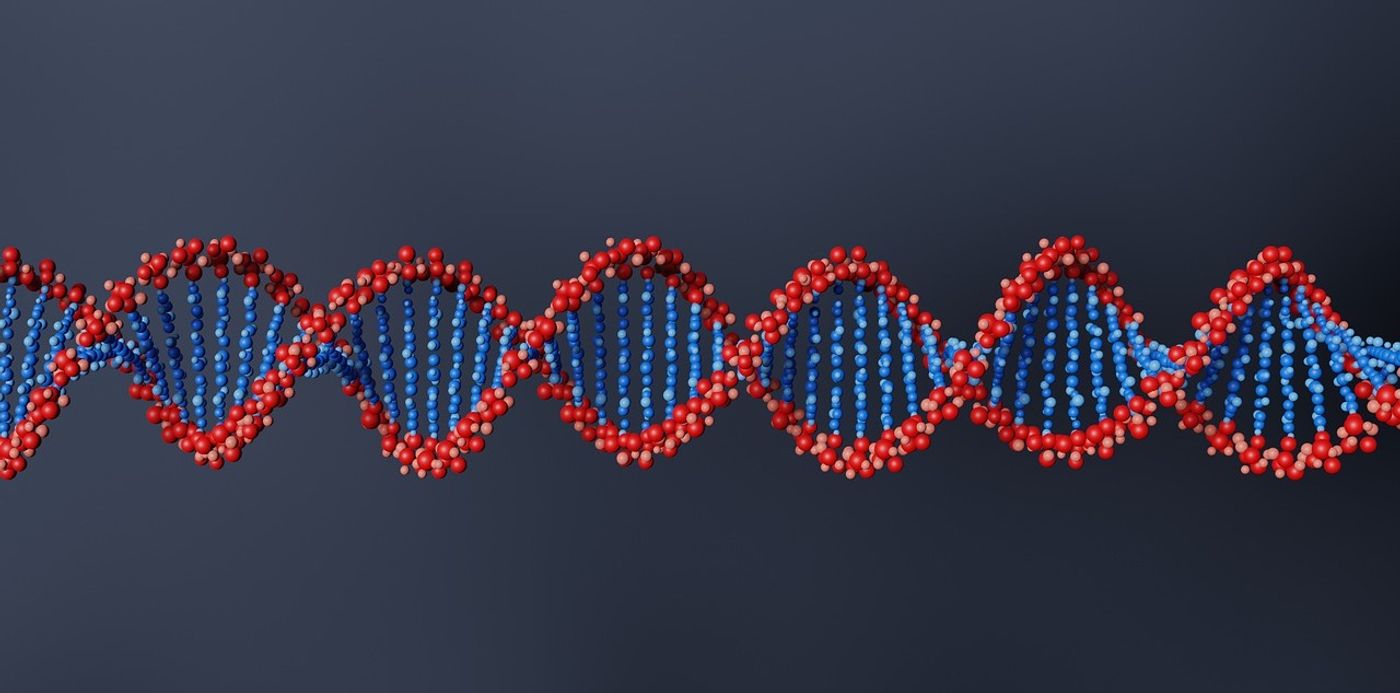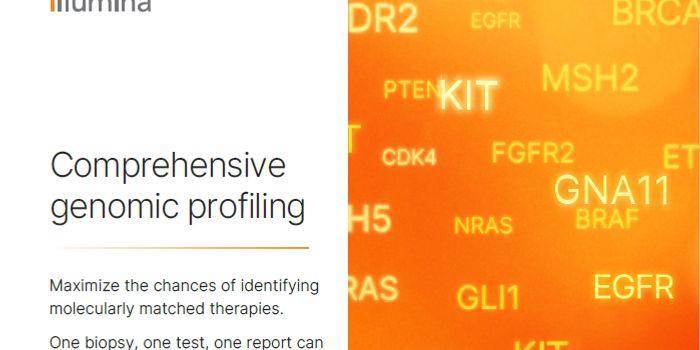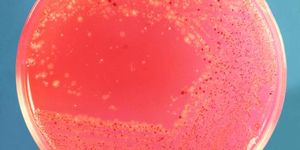CRISPR Causes Mutations That Are Passed on to Offspring
There is little doubt that since it was created, the CRISPR-Cas9 gene editing system has been revolutionary in the research lab. Since there are some very small errors in the human genetic sequence that lead to serious and deadly diseases, researchers have long been searching for effective ways to repair those errors. But altering the genome is challenging, and comes with risks.
In the CRISPR genome-editing technique, scientists can target a specific, short sequence of DNA with an enzyme called Cas9 that can cut genomic DNA. The tool is meant to selectively target the intended sequence, but the system is not error-proof. Some unintended cuts might occur, and the likelihood may depend on several factors, including what sequence is being taageted. There are also computational tools that are meant to help researchers select sequences that will not lead to off-target or unintended effects, or at least minimize that chance. There are also some experimental techniques that can reduce the risk. That specificity will be crucial if CRISPR-Cas9 is to be used widely in the clinic with patients.
However, new research reported in Nature Communications has suggested that the CRISPR-Cas9 tool may be less exclusive than desired, and that unintended errors can be introduced which are then passed on to offspring. CRISPR may be very useful to modify the genomes of microbes, animals, or plants, but the study authors have suggested that the utmost caution should be used if CRISPR will be applied to patients.
There are a few limited cases in which CRISPR has been used to treat people. In the United States, a small number of sickle-cell anemia patients who are adults have received the treatment (as explained in the video below). From what we know so far, it's been safe and effective. However, when a scientist in China claimed to have modified the genomes of human embryos who were later delivered, it was done under a veil of secrecy, and little is known about the outcome of those experiments.
In this study, the researchers used a common research model, the zebrafish, to study the impact of CRISPR-Cas9 over two generations. Because zebrafish have many genes and biological processes in common with people, it's thought that they mimic what might be seen in other organisms including humans.
The investigators assessed the genomes of over 1,000 zebrafish from two generations, and revealed unexpected mutations. There were also different kinds of mutations. In some cases, the fragments of DNA that were edited were much bigger than desired. In other instances, genomic mutations popped up in unintended places. These errors were seen in both the zebrafish that were treated with CRISPR and their offspring.
"Knowing these unexpected mutations are heritable is important, since they can have long-term consequences for future generations. But that can happen only if you change the genome of embryos or germ cells," noted Ida Höijer, Ph.D. of Uppsala University.
In the case of the sickle-cell patients, who are adults, their germ cells were not targeted and it would be assumed that there is little to no chance they'd be affected. That would also be the case for other tissues that might be targeted in adults with CRISPR. While these applications would theoretically pose no risk to future generations, the researchers noted that caution is still advisable.
"CRISPR-Cas9 can be an amazingly valuable tool in health care. But we need to minimize the risk of unwanted effects, and we can do this by carefully validating the modified cells with the latest DNA sequencing technologies," said Adam Ameur, associate professor at Uppsala University.
Sources: Uppsala University, Nature Communications









